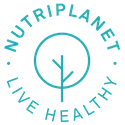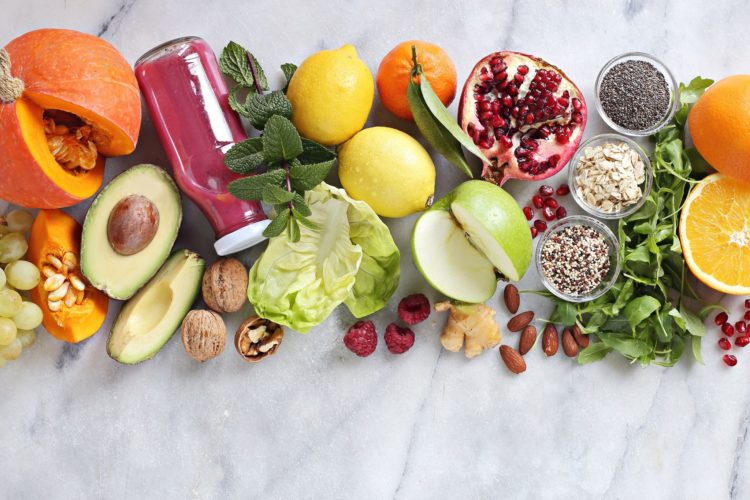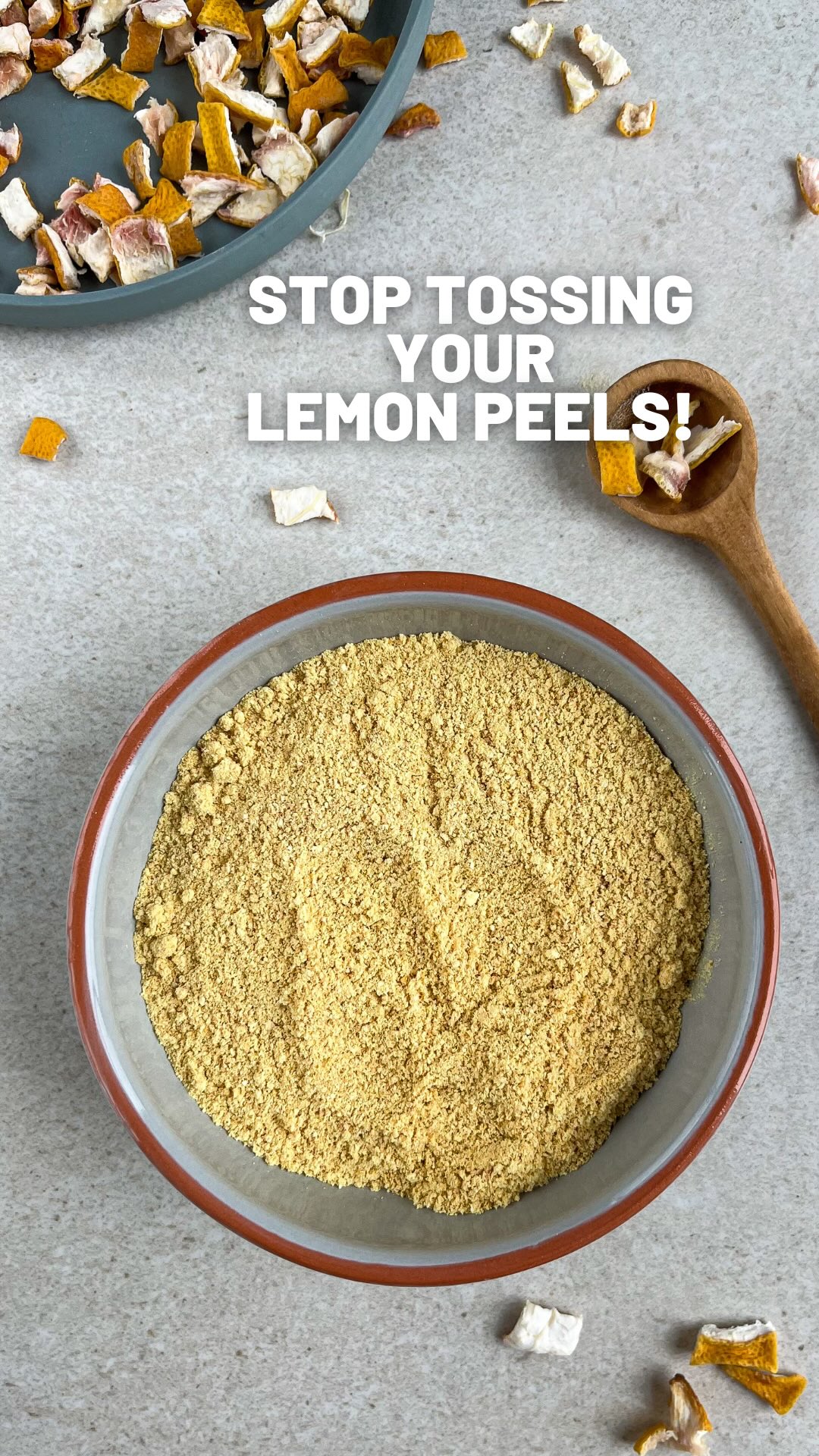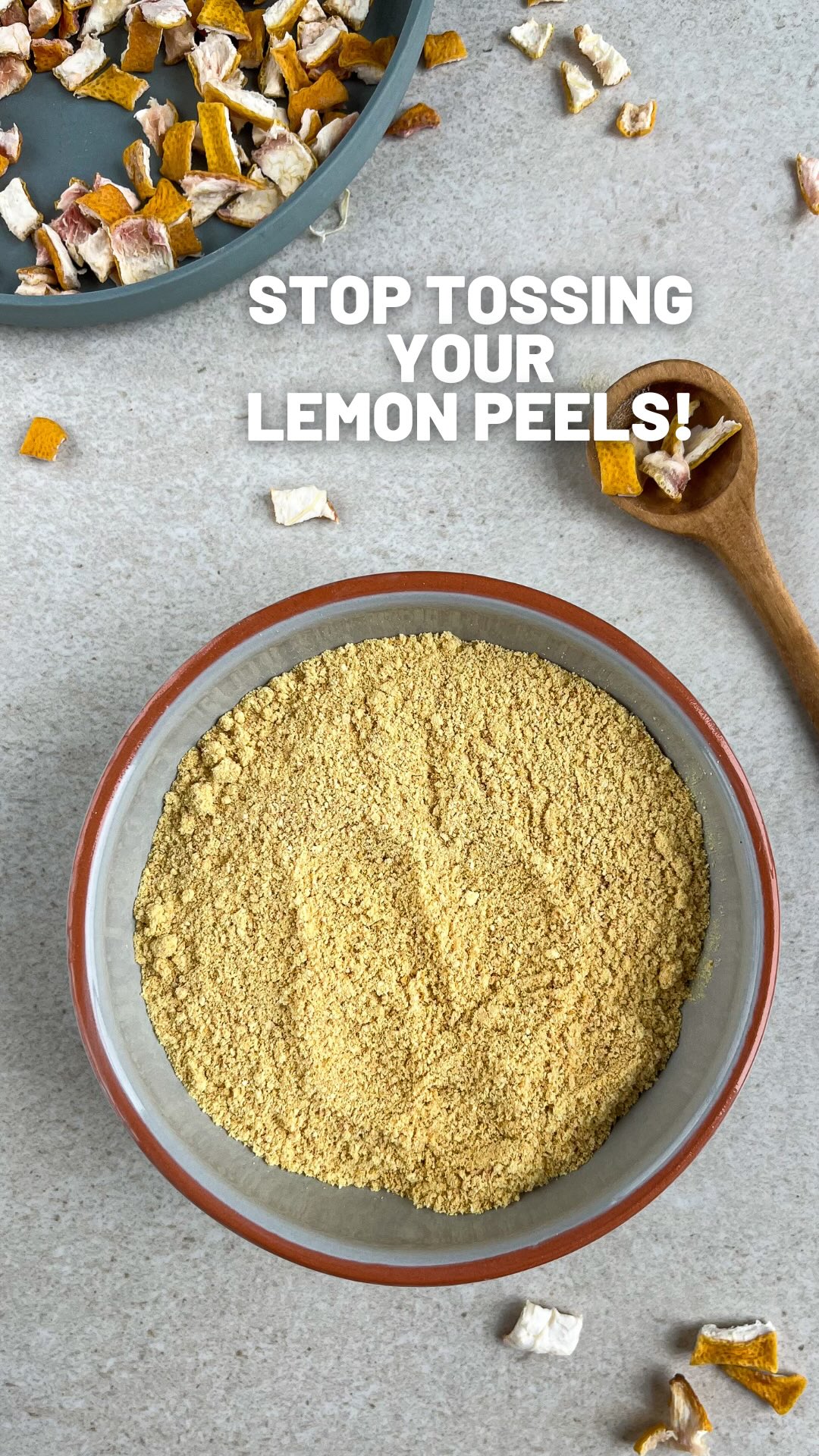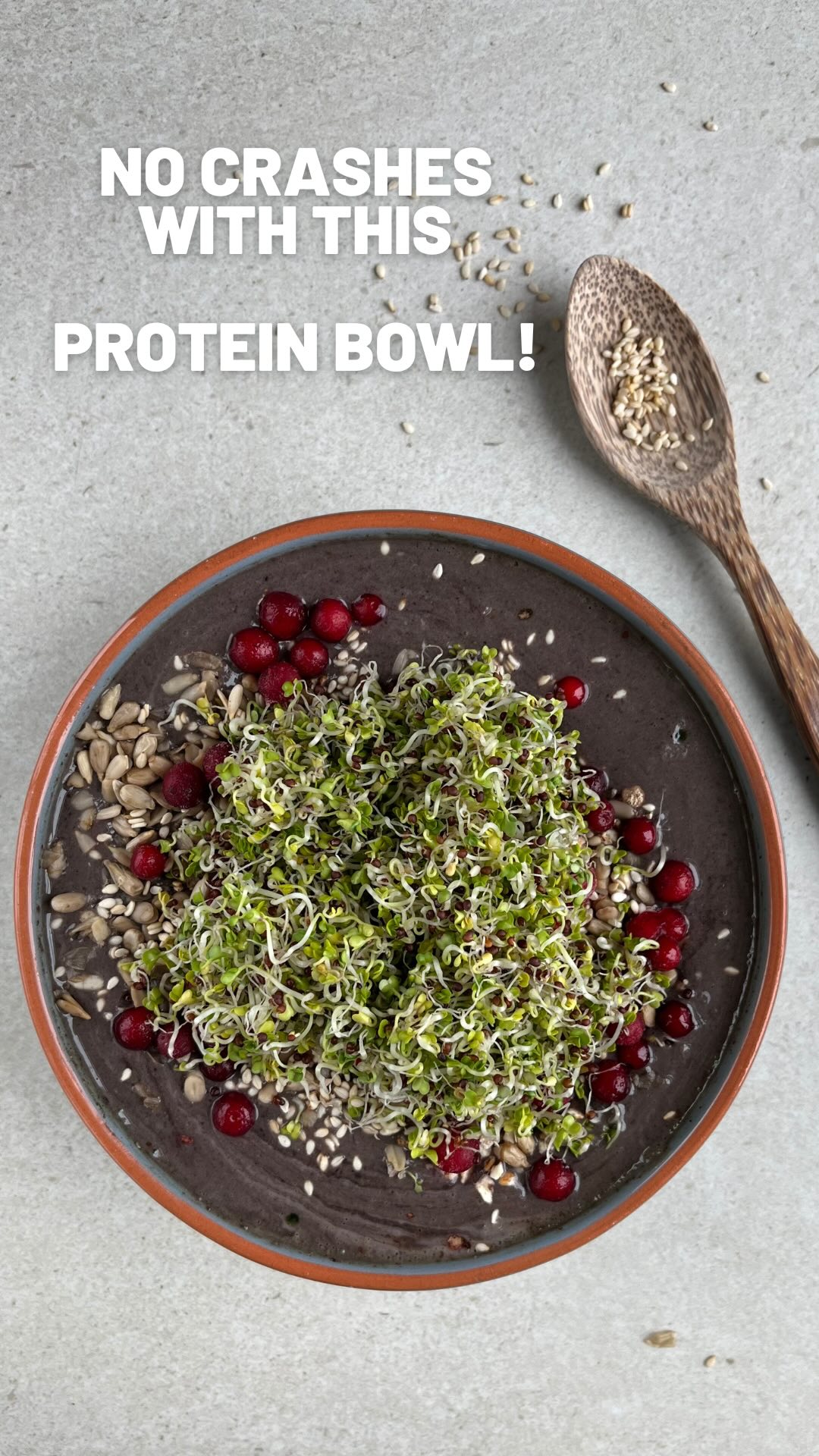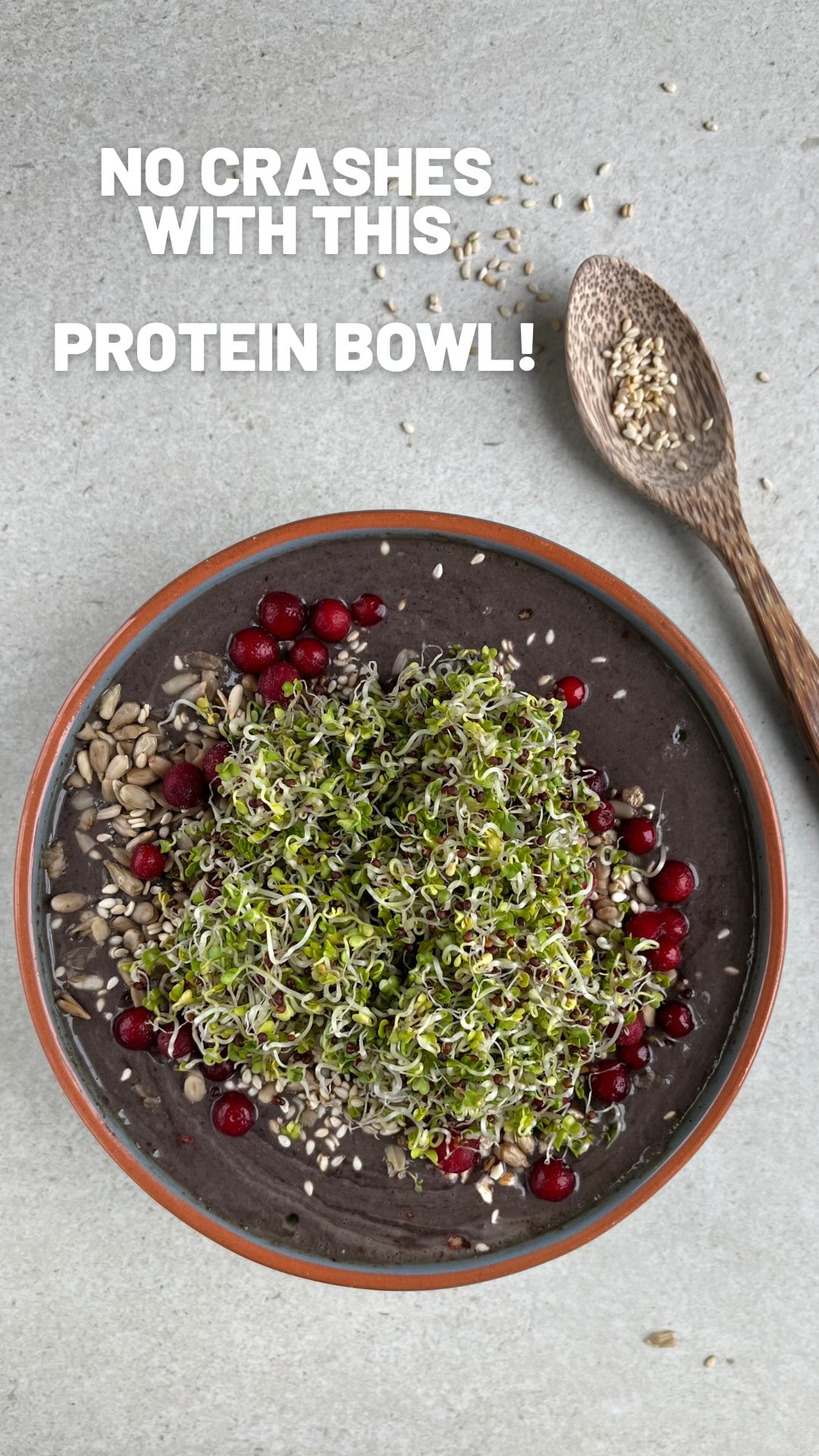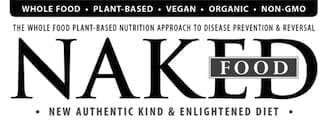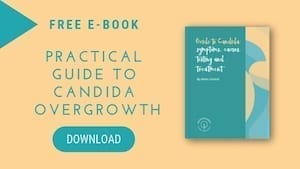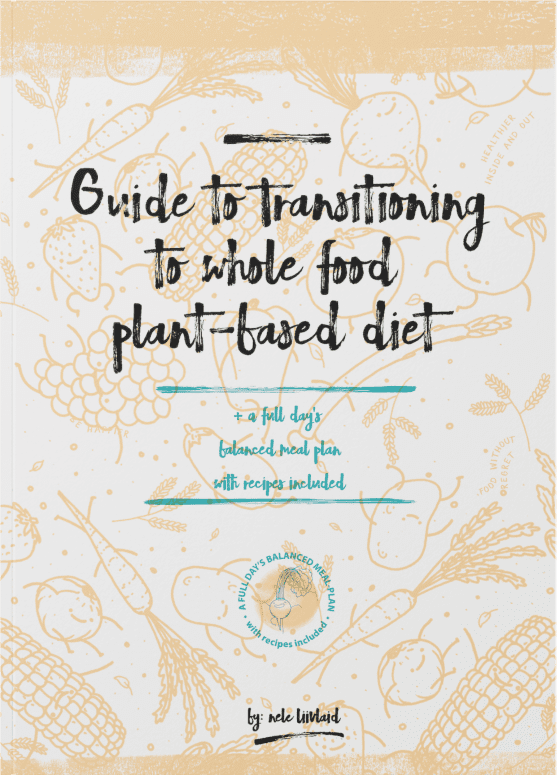Many individuals with conditions like irritable bowel syndrome (IBS) find the low FODMAP diet helpful to overcome their ailments. It’s a specialised eating plan that has gained popularity for its potential to alleviate symptoms and improve overall well-being.
In this comprehensive guide, we’ll explore the principals of the low FODMAP diet. Furthermore, we’ll also provide a detailed FODMAP food list, equipping you with the knowledge to make informed choices when it comes to your dietary preferences and lifestyle.
Whether you’re new to the concept of FODMAPs or seeking clarity on specific foods to include or avoid, this article aims to be your go-to resource for understanding and implementing the low FODMAP diet effectively.
Table of contents
What Are FODMAPs?
FODMAPs are are types of carbohydrates that can be poorly absorbed in the small intestine and can trigger symptoms such as bloating, gas, abdominal pain, diarrhoea, or constipation in sensitive people.
FODMAP is an acronym that stands for:
- Fermentable: process through which gut bacteria ferment undigested carbohydrate to produce gases.
- Oligosaccharides: fructans & GOS, found in foods such as wheat, rye, onions, garlic and legumes/pulses.
- Disaccharides: lactose – found in dairy products like milk, soft cheeses and yogurts.
- Monosaccharides: fructose – found in honey, apples, high fructose corn syrups, etc.
- And
- Polyols: sorbitol and mannitol, found in some fruit and vegetables and used as artificial sweeteners.
There are five categories of FODMAPs:
- Lactose – a disaccharide found in dairy products like milk, ice cream, and some cheeses. For aforementioned reasons, I support the elimination of lactose from the diet. Many of you will see improvement in digestive symptoms with this simple move.
- Fructose – a simple sugar found in many fruits (cherries, watermelon, apples), some veggies (asparagus, Jerusalem artichokes), high-fructose corn syrup, and honey.
- Fructans – oligosaccharides found in a variety of foods, including gluten-containing grains (wheat, barley, rye) as well as fruits and veggies (garlic, onions).
- Galacto-oligosaccharides (GOS) – complex sugars classically found in beans, cashews, pistachios, and soy milk made of whole beans.
- Polyols – sugar alcohols found in certain fruits (e.g., apples, pears), sweeteners (e.g., sorbitol, mannitol), and some vegetables (e.g., cauliflower, mushrooms).
What is a Low FODMAP Diet?
A low FODMAPs diet is a specialised eating plan designed to help people with certain digestive disorders, such as irritable bowel syndrome (IBS), manage their symptoms.
It’s important to note that a low FODMAP diet should be followed under the guidance of a healthcare professional or registered dietitian who specialises in gastrointestinal disorders. They can provide accurate guidance, ensure nutritional adequacy, and help monitor the reintroduction phase to tailor the diet to an individual’s specific needs.
The 3 Stages of a Low FODMAP Diet
It’s important to remember that this diet is not a long-term approach. Therefore, it is crucial to follow the 3 phases of a low FODMAP diet and eventually return to a more common eating habits.
STEP 1 – Low FODMAP
- The goal of a low FODMAPs diet is to reduce or eliminate foods that are high in FODMAPs for a period of time, usually around 2 to 6 weeks, to relieve symptoms.
- Typically, it means that you eat foods from GO FOR IT list or eat a low FODMAP serving size from the other lists. In short, you swap foods from the Watch Out list for the foods in the green category.
- It’s important to remember that this diet is not a long-term approach. Therefore, it is crucial to follow the 3 phases of a low FODMAP diet and eventually return to a more common eating habits.
NB! It is advisable to attempt a low FODMAP diet under the supervision of a health practitioner or dietitian.
STEP 2 – Reintroduction
- This step involves reintroducing foods back into your diet in a methodical way to determine which foods and FODMAPs trigger symptoms and which do not.
- It’s important to note that each FODMAP subgroup should be reintroduced separately.
- As a rule, eat the new food for 2 continuous days in a decent portion and then wait for 2 days and observe.
- It takes most people around 6 to 8 weeks to complete the reintroduction step.
STEP 3 – Personalisation
- Once your dietitian has interpreted your food triggers and tolerances, you can begin to reintroduce foods and FODMAPs that were tolerated well and avoiding ONLY the foods that triggered your symptoms.
- It is important to remember that FODMAP tolerance can change over time, so if there are foods you didn’t tolerate as well, try again in a few months to see if anything has changed.
What You Need to Remember When Starting a Low FODMAP Diet
- First, test your gut to find out what’s wrong e.g., inflammation, bacteria, or yeast. Then, in coordination with your health care provider, fix what needs to be fixed.
- Should you need relief, work with low FODMAPs. However, it’s important to find out what’s causing the problem for your gut. That is, what foods affect YOU!
- Then, challenge your gut with a particular food.
- On a positive note, concentrate on swapping foods rather than eliminating them.
- Finally, it’s a short-term approach i.e., you can’t stay on this diet forever. It’s because high FODMAP food include extremely beneficial prebiotic foods that feed the good bacteria on your gut.
How to Improve Your Gut Tolerance
There are certain things that can help you improve tolerance:
- If you can afford it, order a stool test consulting your GI doctor, naturopath, functional medicine doctor, or nutritional therapist. This allows you to see what exactly is going on in your gut and you can address precisely that.
- Take probiotics and digestive enzymes to support your gut.
- And I’d also add stress management, meditation particularly, and mindful eating.
Get excellent quality probiotics and enzymes developed by Eric Bakker, ND.
Canxida Restore Formula RST – Advanced Formula, Time Released, Shelf-Stable Probiotic Enzyme With 18 Billion CFU
Use code “nele5” for 6% off.
What is FODMAP Stacking?
The idea behind FODMAP stacking is that you can eat too many low FODMAP foods. It then happens that they stack on top of one another and can trigger symptoms.
It’s important to note that if you keep in mind the upper limits in my FODMAP food list guide, you should be fine eating several foods within the same category.
Furthermore, you should feel comfortable eating reasonable portions of GO FOR IT foods. However, don’t worry if you eat more as it will not undo all of your good work. Most people won’t get symptoms from these type of foods. It’s the WATCH OUT FODMAP foods that create the most havoc, such as onions, dried legumes, and pears.
As a general rule, stacking relates to a single meal. However, this only applies if you keep about 3 hours between the meals and don’t overeat. Overeating means that you feel too full, which puts a burden on your digestive system.
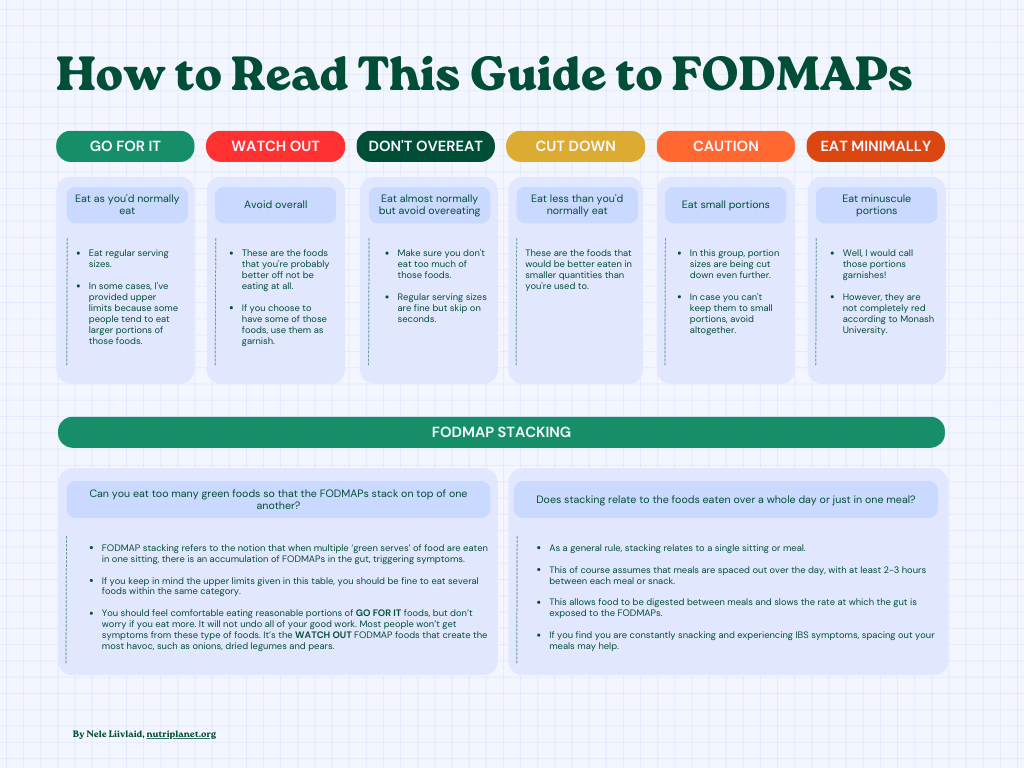
FODMAP Food List & Guide to Low FODMAP Bowls
Get a comprehensive and easily graspable FODMAP food list as well as a step-by-step guide to compiling healthy and balanced low FODMAP bowls
FODMAP Food List
In order to make following a low FODMAP diet easier, please find the list of most common foods that fall into either low or high FODMAP foods category down below.
However, I urge you to download my guide for the full list of foods, upper limit quantities for “green foods”, and other tips and tricks. Moreover, you’ll have a printable and easily graspable table to facilitate your life while following a low FODMAP diet.
In my guide, I’ve divided all the food items into the following categories:
- Go For It!
Eat as you’d normally eat considering regular serving sizes. Everyone is different in their eating habits, so I’ve added upper limit quantities for some foods. It’s because you can overeat these foods and get too many FODMAPs. - Watch Out!
Try to avoid these food overall. - Don’t Overeat
Eat almost normally but avoid overeating. Regular serving sizes are fine but better skip on seconds. - Cut Down
Consume less than you’d normally eat. These are the foods that would be better eaten in smaller quantities than you’re used to. - Caution!
Eat small portions. In this group, portion sizes are being cut down even further. In case you can’t keep them to small portions, avoid altogether. - Eat Minimally
Consume minuscule portions. Well, I would call those portions garnishes! However, they are not completely red according to Monash University.
NB! You’ll see that the Go For It list is a lot longer than the Watch Out one, which is a positive thing. Furthermore, as we go from greener foods to yellow and red ones, I provide upper limit in grams to make sure you don’t overeat.
High FODMAP Food List
Below you’ll find most common high FODMAP fruits, vegetables, legumes, grains, nuts, seeds, drinks, herbs, and spices. Please download my Guide to Plant-Based FODMAP Food List with the full list to follow on a low FODMAP diet.
High FODMAP vegetables:
- Cauliflower
- Garlic, raw
- Jerusalem artichoke
- Lotus root, dried
- Mushrooms
- Onions
- Bulb of spring onion
High FODMAP Grains and Pulses:
- Amaranth
- Barley
- Couscous
- Kamut
- Rye
- Spelt flour
- Wheat
- Beans
- Soy beans/protein/flour
High FODMAP Fruits:
- Apple, dried
- Apricots, dried
- Figs, dried
- Jackfruit, freeze dried
- Mango, dried
- Mangosteen, freeze dried
- Peach, Clingstone
- Peach, canned
- Pear, dried
- Pear, Packham
- Pineapple, dried
- Prunes
High FODMAP Nuts and Seeds:
- Cashews, raw
- Coconut flour
- Coconut milk with inulin
- Pistachios
High FODMAP Herbs, Spices, and Condiments:
- Blueberry jam
- Curryurst powder
- Garlic powder
- Tzatziki dip
High FODMAP Drinks:
- Chai tea, strong
- Chamomile, strong
- Fennel tea
- Herbal tea, strong
- Oolong tea
- Rum
Low FODMAP Food List
Below you’ll find most common low FODMAP fruits, vegetables, legumes, grains, nuts, seeds, herbs and spices, drinks, and sweeteners. Please download my Guide to Plant-Based FODMAP Food List with upper limit quantities suitable for a low FODMAP diet.

FODMAP Food List & Guide to Low FODMAP Bowls
Get a comprehensive and easily graspable FODMAP food list as well as a step-by-step guide to compiling healthy and balanced low FODMAP bowls
Low FODMAP Vegetables
- Arugula
- Pak choi (choy sum)
- Collard greens
- Kale
- Lettuce (Romaine, Iceberg, red coral)
- Silverbeet
- Spinach, baby
- Swiss chard
- Arrowroot
- Carrot
- Corn (baby, canned; flour, bread, polenta)
- Parsnip
- Potato, red/white, unpeeled
- Pumpkin, kabocha
- Squash, spaghetti/pattypan cooked
- Water chestnut
- Cucumber, pickled
- Kohlrabi
- Leek, leaves
- Mushrooms, button, canned
- Mushrooms, oyster
- Onions, spring, green part
- Onions, pickled
- Radish
- Seaweed
Low FODMAP Grains and Legumes
- Buckwheat
- Millet
- Oats
- Quinoa
- Rice
- Sorghum
- Teff
- Mung beans, sprouted
- Tempeh
- Tofu
Low FODMAP Fruits
- Banana, sugar
- Blueberries
- Jackfruit, young, canned
- Lemon juice
- Lime juice
- Mixed peel, citrus
- Olives, pitted
- Papaya
- Pear, prickly
- Plantain
- Raspberry jam
- Rhubarb
- Strawberry jam
- Tamarind
Low FODMAP Nuts, Seeds, and Oils
- All oils
- Brazil nuts
- Chestnuts
- Chia seeds
- Coconut, creamed, canned
- Hemp seeds
- Macadamia
- Peanuts
- Pecans
- Pine nuts
- Poppy seeds
- Pumpkin seeds
- Sesame seeds
- Sunflower seeds
- Tigernuts
- Walnuts
Remember, download my Guide to Plant-Based Low FODMAP Diet for full list of foods, 6 categories of foods, upper limit quantities for “green foods”, and other tips and tricks.
Sources:
- Bulsiewicz MD, Will . Fibre Fuelled. Ebury Publishing. Kindle Edition.
- https://www.monashfodmap.com/
- https://www.healthline.com/nutrition/foods-high-in-fodmaps
- Eric Bakker ND. Candida Crusher: Permanent Yeast Infection Solution
